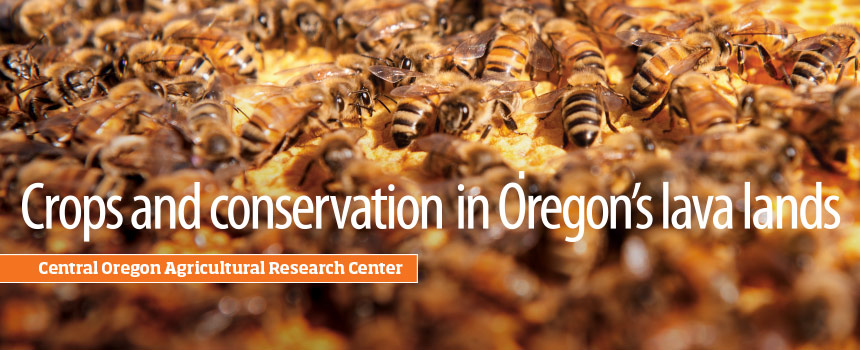Irrigation's a real drip for carrots

Under the snow-capped backdrop grows an unassuming crop with lacey, white flowers and a big national impact: carrots. Central Oregon produces about 85 percent of the hybrid carrot seed planted in the U.S., according to the Jefferson County Seed Growers Association.
[caption caption="Central Oregon carrot seed production depends on irrigation. (Photo by Stephen Ward.)"] [/caption]
[/caption]
And local carrot seed farmers owe much of that success to drip irrigation. OSU has helped growers transition from traditional overhead sprinklers to a system that delivers a trickle of water directly to plant roots. After four years of experiments, researchers report that drip irrigation cut water use in half, increased seed yields by an average of 22 percent, and improved germination by up to 5 percent. Although more studies need to be done, they also expect that drip irrigation could reduce Xanthomonas, a leaf-rotting blight that can spread when sprinklers splash the bacteria onto neighboring plants.
Thanks in part to OSU’s research, about three-quarters of the more than 4,000 acres of carrot seed in central Oregon is drip irrigated, said Brad Holliday, a field representative for Central Oregon Seeds. “It’s pretty obvious that crops under drip irrigation do better,” he said, adding that drip-irrigated seed fetches higher prices because quality and yield are more consistent than with sprinkler-irrigated seeds.
